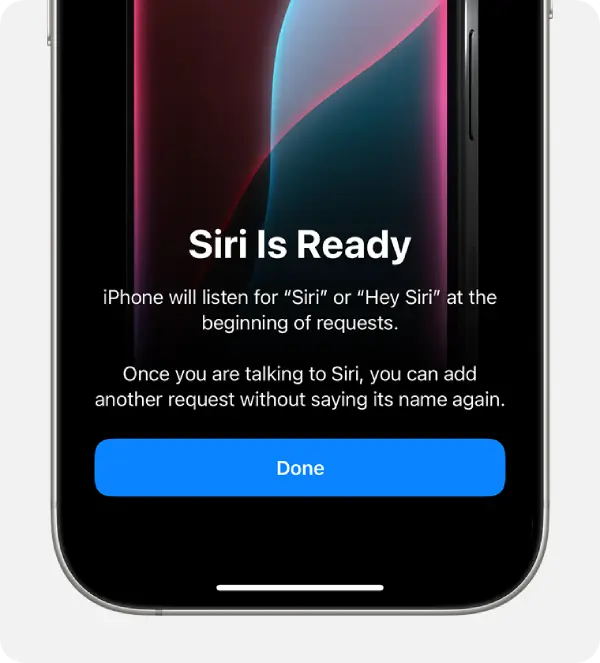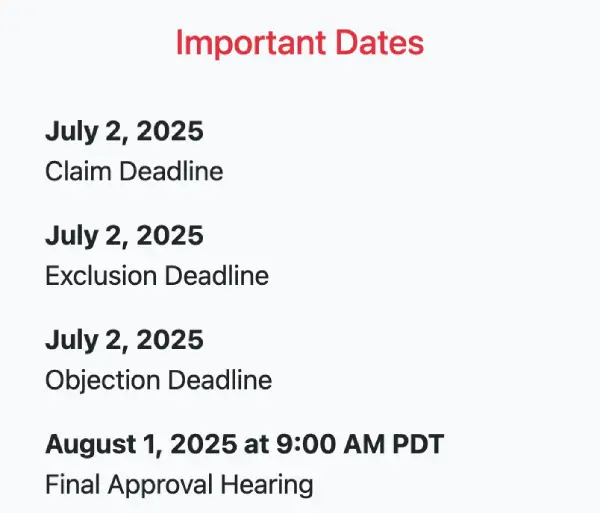Update 13/05/25 – 03:11 pm (IST): If you received an email titled, “Lopez Voice Assistant Class Action Settlement,” don’t ignore it. As reported by The Verge, some users are beginning to receive emails from the law firm informing them to go to the settlement website to submit their claims for an amount up to $100, or $20 per device for as many as five eligible devices.
Original article published on May 5, 2025, follows:
If you’ve owned an iPhone or another Apple device with Siri in the last decade, you might have recently received an email about a class-action settlement. Earlier this year, Apple had agreed to pay $95 million to resolve a lawsuit claiming its voice assistant, Siri, improperly recorded private conversations without users’ permission. Now, it’s time for eligible individuals to understand the details and potentially claim their share.
The lawsuit, known as Lopez et al v. Apple Inc., traces back to concerns raised in 2019. A report from The Guardian revealed that human contractors working for Apple were sometimes listening to sensitive Siri recordings, including private discussions, as part of a program intended to improve Siri’s accuracy. This sparked the lawsuit, alleging that Siri could activate unintentionally, capturing confidential moments, and that this data might have even been shared with third parties, potentially leading to targeted ads – a claim Apple denies.
So, who can actually get a piece of this $95 million pie? According to information shared on the official website, you need to be a US resident who owned a Siri-enabled device – think iPhones, iPads, Apple Watches, HomePods, or even some Macs – anytime between September 17, 2014, and December 31, 2024. Crucially, you must also believe that Siri recorded your private communications following an accidental activation during this period.
While $95 million sounds like a lot, it gets divided many ways. Before any money reaches class members, deductions will be made for court-approved attorneys’ fees (potentially up to $28.5 million, according to settlement documents), administrative costs, and service awards. The remaining amount will be split among everyone who files a valid claim.
Individuals can claim for up to five devices where they believe an unintended recording occurred during a private conversation. The potential payout is capped at $20 per device, meaning a maximum possible claim of $100 per person. However, the final amount depends heavily on how many people file claims; if a large number of people participate, the actual payment per device could be significantly less than $20.
If you believe you qualify and want to receive a payment, you need to act. Payments aren’t automatic. You must submit a claim form by July 2, 2025. This can be done online through the official settlement website, LopezVoiceAssistantSettlement.com, or by mailing a form postmarked by the same date. The emails being sent out contain unique codes to help with the online claim process, but there are instructions on the site if you didn’t receive an email but think you’re eligible. As part of the claim, you’ll need to provide a sworn statement confirming you believe Siri was accidentally activated during a private talk.
It’s important to note that while Apple agreed to the settlement, it hasn’t admitted to any wrongdoing. The company maintains that Siri was designed with privacy at its core and denies that user data was ever sold or used for marketing profiles. Apple told the BBC the settlement aimed to resolve litigation tied to the third-party grading practices it addressed back in 2019.
For those interested, the final court hearing to approve the settlement is scheduled for August 1, 2025. If you want to object to the settlement or exclude yourself (perhaps to pursue your own lawsuit), you also need to do so by the July 2, 2025 deadline. For most eligible users, however, the key takeaway is to visit the settlement website and file a claim before the deadline if they wish to potentially receive a payment.
This isn’t the only blow Apple has received recently. Last week the company was forced to change its App Store policies to allow developers to offer their users alternative means of payments (outside Apple’s control). Spotify was one of the first to take advantage of this change.
TechIssuesToday primarily focuses on publishing 'breaking' or 'exclusive' tech news. This means, we are usually the first news website on the whole Internet to highlight the topics we cover daily. So far, our stories have been picked up by many mainstream technology publications like The Verge, Macrumors, Forbes, etc. To know more, head here.




